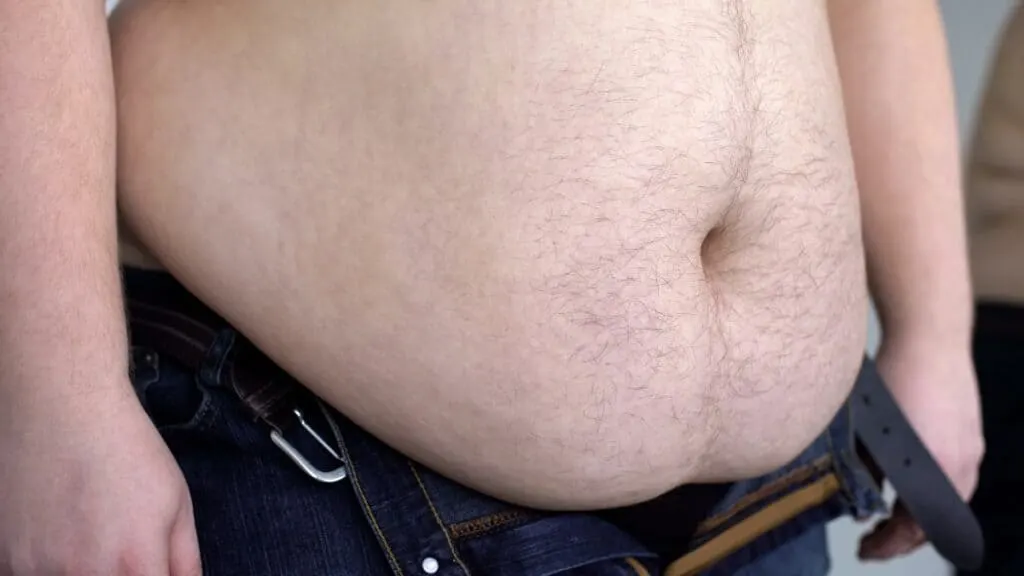A BMI of 48 and a 48.5 BMI are both considered severely obese and, as such, could be a sign that your health is at risk due to your excessively high body weight and the resulting body fat.
The good news?
Reducing a 48 BMI is totally possible with the right help. While many people can lose weight fast initially, you want to set yourself up for long-term health success by seeking help from your doctor and a nutritionist or dietician.
Related:
- What BMI is considered obese?
- 40 body mass index
- 41 body mass index
- 42 body mass index
- 43 body mass index
- 44 body mass index
- 45 body mass index
- 46 body mass index
- 47 body mass index
- 49 body mass index
What does a BMI of 48 look like for women?

A BMI of 48 is around eighteen body mass index points higher than average for a female. Because of this, a BMI 48 woman naturally looks obese due to her excess body fat.
While you shouldn’t be too harsh on yourself for having a certain BMI or body shape, it’s important to realize that internally, your 48 BMI could—quite literally—be wreaking havoc on your body. How so?
Well, extremely high BMIs like 48 virtually guarantee that an individual is abdominally obese, which means having a large waist.
When a person has a big waist, they’re more likely to develop visceral fat. This dangerous internal fat can cause chronic disease if left unchecked because it wraps around organs such as your pancreas, intestines, and liver.
What do men with a 48 BMI look like?

As with their female counterparts, men with a BMI of 48 look much bigger than the average man due to their great excess of body fat.
Men tend to have a fairly central fat storage distribution, meaning that males often store the bulk of their body fat around their waist rather than around their limbs.
Obviously, if you have a 48 BMI, then you’re likely to have excess body fat virtually everywhere.
The point is that, as mentioned, abdominal fat is especially damaging because it’s often a sign of visceral fat.
How can you reduce your BMI of 48 naturally?

Seeing your BMI drop over the weeks and months can be highly motivating. However, you shouldn’t get too fixated on the number because BMI doesn’t tell you much about your body fatness.
For this reason, I recommend measuring your waist (and other body parts if you wish) 1-2 times per month to see if you’re successfully slimming down.
Any weight loss requires an energy deficit, meaning that you’ll need to consume fewer calories than usual and, ideally, perform regular exercise, which can be as simple as walking.
Focus on eating healthy whole foods because, compared to highly processed foods, whole foods have fewer calories and a higher nutrient density, meaning that your body will feel more nourished while the weight comes off.
Conclusion and practical advice
Since a BMI of 48 is well into the obese category, it can take a bit of time to see significant results when you start to lose weight.
This is fine. While your dietician may recommend certain protocols to bring your weight down efficiently, your long-term progress is the most important thing because building positive nutritional habits will help you bring your weight under control for good.

